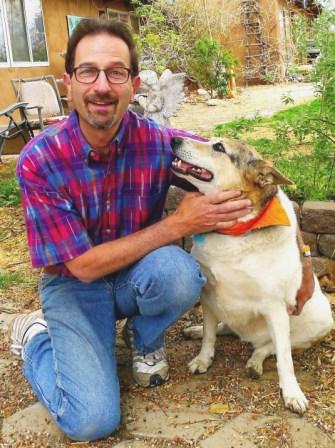Animal mascots often treated poorly

Dear Lawyer,
My daughter is looking at colleges for next year, and at one campus students told us that they have a canine mascot for the school who is taken to all the sports events. Apparently the dog lives with different students every semester, and during the summer they hand him off to someone else. While the dog is apparently well cared for, this “musical chairs” living situation appalled us—and my daughter crossed the college off her list. How is this legal?
— Concerned Dad
Dear Concerned Dad,
Believe it or not, the use of live animals as school mascots is a widespread practice that often leads to cruelty and neglect. Some of the live mascots kept by U.S. colleges have included a horse, mule, wild hog, pony, ram, jaguar, black bear, longhorn steer, bison, bull, tiger, lion, bald eagle, and alligator. Canine mascots have included Collies, Greyhounds, Coonhounds and Bulldogs.
Animals designated as mascots are often dragged to long outdoor events where they endure heat, cold, or rain, being paraded around screaming crowds, startled by loud noises and glaring lights, and end up subject to juvenile pranks like letting them loose on campus.
Some animals have been drugged so they can be brought calmly before crowds, and a number have died prematurely from stress. When not performing, mascots often are confined to small spaces without regular stimulation or company. Canine mascots historically have been traded off from student to student, year after year, sometimes neglected, often ignored, and on occasion abandoned.
Animal cruelty statutes in most jurisdictions allow intervention when there is clear evidence of abuse or neglect, but mascots are usually fed, sheltered, and provided basic medical care. Moreover, since colleges have their own policing policies, campuses are often considered off-limits by local law enforcement, which is generally reluctant to challenge the cherished traditions of politically powerful institutions.
State conservation offices do have a mandate to protect certain types of wildlife, while state livestock boards oversee the care of farm animals. But state officials also have avoided intervening in university affairs.
At the federal level, the Animal Welfare Act monitors “exhibition” of certain species. If a mascot could be considered an “exhibited” animal, the AWA would require a permit and license from the U.S. Department of Agriculture, as well as periodic inspections of the animal’s living conditions. Getting the USDA to act is the challenge.
What has made a difference is loud, persistent public protest. At Eastern New Mexico University, for example, Greyhounds were being adopted for use as mascots and shunted continually from student to student. While the school was not willing to give up its mascots, ENMU has adopted more stringent guidelines for monitoring the dogs’ care and health. This would not have happened without organized public protest.
The National College Athletics Association needs to be pressured to institute more stringent regulations regarding the use of animal as mascots, and schools should be held accountable for how they are treated. Both the NCAA and universities should be pressured to ban the practice of using live mascots at sporting events, because the practice will always invite neglect and abuse. A great many schools are able to generate team spirit with costumed mascots.
Sounds like your daughter would be happier at one of these schools.
Ed Goodman worked for more than two decades as a trial lawyer in Massachusetts. He lives in Corrales with partner Ennio Garcia- Miera and their seven dogs, four turkeys, four chickens, and a parrot.
